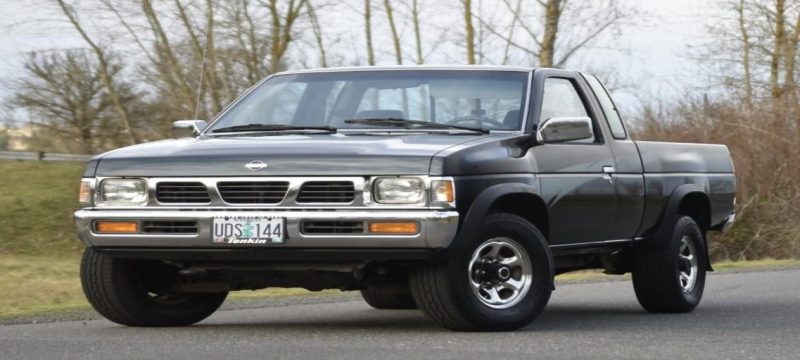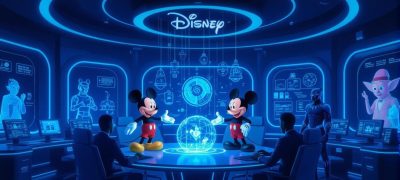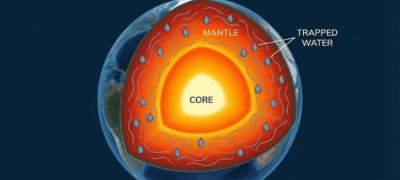The nissan hardbody is a popular pickup truck from the 1980s and 1990s. It has a strong reputation for durability. This blog explains its history, features, global reach, and why it still stands out today.
What Is the Nissan Hardbody?
The nissan hardbody refers to the Nissan D21 series. It launched in 1986 as a successor to the Datsun 720. In the U.S., it was known as the “Hardbody” due to its double-walled bed and bold styling.
It offered both standard cab and extended King Cab models. Buyers could choose between short and long beds.
Engine Choices and Performance
The Hardbody came with several engine options:
- A 2.4L Z24i four-cylinder (106 hp) from 1986 to 1989
- A later 2.4L KA24E SOHC four-cylinder (134 hp) from 1990 to 1997
- A V6 engine: VG30i (140 hp) early on, then VG30E (154 hp) after 1990
Transmissions included a five-speed manual or automatic. Models offered rear-wheel drive or four-wheel drive.
Why It Stands Out
The Hardbody was rugged and reliable. It earned respect on and off the road. It competed in events like the Baja 500 and Mint 400.
It also featured in TV and documentaries, such as Hands on a Hardbody.
Many owners still praise its toughness. One Reddit user said:
“Bought my Hardbody for $1,500. It’s a beast of a truck.”
Another added:
Global Presence and Variants
Outside North America, the Nissan Hardbody name became a legend. South African markets produced the NP300 Hardbody from 1988. It became central to bakkie (truck) culture there.
The NP300 evolved with diesel engines, modern safety features, and strong exports across Africa and the Middle East.
Design and Upgrades Over Time
Over its production lifetime, Nissan added noticeable updates:
- Mid-1990s gave curved dash designs
- 1993 brought chrome V-shaped grille
- 1996 added driver-side airbag, ABS, and OBD-II diagnostics
These improvements made the Hardbody safer and more user-friendly over time.
The Hardbody in Pop Culture
The Hardbody earned a cult following. It starred in Hands on a Hardbody, a popular documentary.
On Reddit, fans joked:
“Half the Hispanic population of Los Angeles aged over 30 and male.”
Another called it “the official car of rust.”
These comments show how the nissan hardbody is tied to both nostalgia and character.
What Replaced the Hardbody?
In 1997, Nissan replaced the D21 Hardbody with the D22 Frontier (also known globally as Navara or NP300).
Production of the Hardbody ended in most places by 1997. But in Mexico and Latin America, D21 trucks continued until 2008.
In South Africa, the NP300 Hardbody continued until October 2021. It was later replaced by the Nissan Navara.
Key Features at a Glance
| Feature | Detail |
| Engines | 2.4L four-cylinder & 3.0L V6 options |
| Cab Options | Standard cab, King Cab, Crew Cab in some markets |
| Drive Choices | RWD or 4WD |
| Safety Upgrades | Driver airbag, ABS, OBD-II (mid-90s) |
| Global Variants | NP300 Hardbody (S. Africa), Navara, etc. |
FAQs About the Nissan Hardbody
Q1: When was the Nissan Hardbody produced?
From 1986 to 1997 in the U.S., longer in certain global markets.
Q2: Why is it called the Hardbody?
The name refers to its tough double-walled bed and sturdy design.
Q3: Was a V6 available?
Yes, V6 engines were offered from early years until mid-90s.
Q4: Where was it popular?
It became a legend in South Africa as the NP300 Hardbody.
Q5: Why is the Hardbody still remembered?
People love it for its simplicity and toughness. Many still run today.
Final Thoughts
The nissan hardbody remains a respected pickup truck legend. It combined rugged build, simple design, and reliability. It found fans worldwide.
Its legacy lives on in older models, in stories shared online, and in successor vehicles like the Frontier and Navara.
If you want a truck that is straightforward, strong, and functional, the Nissan Hardbody still deserves a look today.
Read More: 2026 Honda Accord Facelift: Design, Features & Release







